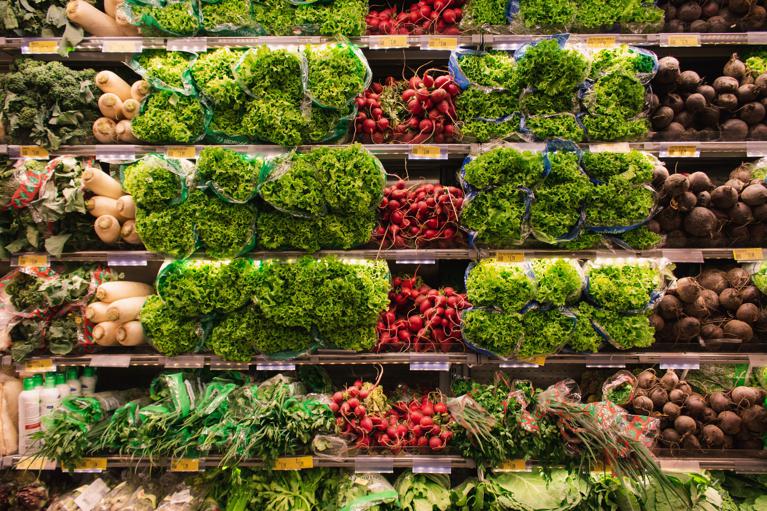Heart Healthy Diet Plan
Do you want to live a healthy and balanced life? Eating a heart-healthy diet is one of the best things you can do to protect your heart and improve your overall health. In this blog, we will discuss how to create a heart-healthy diet plan that will help you to reduce your risk of heart disease and live a longer and healthier life.
In this blog, we will discuss how to create a heart-healthy diet plan that will help you to reduce your risk of heart disease and live a longer and healthier life.
Benefits of a heart-healthy diet


Eating a heart-healthy diet is one of the best ways to keep your heart strong and healthy. A heart-healthy diet plan includes a variety of nutrient-rich foods that can help reduce cholesterol levels, lower blood pressure, and help reduce the risk of heart disease.
By adding more fruits, vegetables, and whole grains to your diet, you can get the essential vitamins, minerals, and other nutrients your body needs to keep your heart in tip-top shape. Not only that, but you can also enjoy a wide variety of delicious meals and snacks that are good for your heart. So, if you’re looking for a way to keep your heart healthy, try incorporating a heart-healthy diet plan into your lifestyle today!
Top tips for eating heart-healthy


It’s no secret that a healthy diet is the cornerstone of a healthy heart. But what does a heart-healthy diet look like? Here are some top tips to help you create a heart-healthy diet plan:
Eat plenty of fresh fruits and vegetables every day. Incorporate a variety of colorful produce into your meals and snacks to get the vitamins, minerals, fiber, and antioxidants your body needs.
Choose lean proteins like poultry, fish, and beans. These protein sources are lower in saturated fat and cholesterol, which can help reduce your risk of heart disease.
Include whole grains in your diet.
Whole grains such as oats, quinoa, and brown rice provide essential nutrients and can help reduce your risk of heart disease. Reduce your sodium intake. Too much sodium can raise your blood pressure, so try to choose low-sodium options when possible. Limit saturated and trans fats. These types of fats can increase your risk of heart disease, so it’s important to choose healthier fats, such as olive oil, nuts, and avocados. By following these tips, you can create a heart-healthy diet plan that is both nutritious and delicious.
Best foods for a heart-healthy diet


Eating a heart-healthy diet is one of the best things you can do for your overall health. Not only does it reduce your risk of cardiovascular disease, it can also help to reduce your risk of other chronic conditions such as diabetes and stroke. The key to a good heart healthy diet plan is to focus on wholesome, nutrient-rich foods that provide essential vitamins and minerals.
These foods include fresh fruits and vegetables, lean proteins, whole grains, and healthy fats. Eating a balanced diet that is rich in fiber and antioxidants can help you maintain a healthy weight, while also providing protection from chronic disease.
Eating a heart-healthy diet also involves limiting unhealthy processed foods and saturated fats. By taking the time to plan out a heart-healthy diet, you’ll be taking an important step towards maintaining a healthy and active lifestyle.
Shopping tips for heart-healthy foods


Are you looking for ways to add heart-healthy foods to your diet? Eating a balanced diet that is low in saturated fat and high in fiber can help reduce your risk for heart disease. Here are some tips to help you make smart shopping choices when selecting heart-healthy foods.
Here are some tips to help you make smart shopping choices when selecting heart-healthy foods. Start by stocking up on fresh fruits and vegetables that are low in sodium and high in fiber. Choose lean cuts of meat, which are lower in fat and cholesterol.
Look for whole grains, such as oats and brown rice, as well as beans, nuts, and seeds, which are all good sources of protein and fiber. Finally, opt for low-fat dairy, like skim milk and low-fat yogurt.
By following these simple tips, you can make sure that your grocery list is filled with heart-healthy options!
Meal planning ideas for heart-healthy diets


Eating healthy is an important part of maintaining a healthy lifestyle, and meal planning is a great way to stay on track with a heart-healthy diet. Whether you’re looking to reduce your risk of heart disease or simply want to lead a healthier lifestyle, meal planning is an important step.
Start with whole grains like oatmeal, quinoa, or brown rice, and incorporate plenty of fruits and vegetables into your meals. Choose lean proteins like fish, skinless poultry, and legumes to help keep your cholesterol levels in check.
Fill your diet with healthy fats like avocados, nuts, and olive oil, and minimize or eliminate processed and packaged foods. Lastly, stay hydrated by drinking plenty of water throughout the day.
Bottom Line
In conclusion, eating a heart-healthy diet can be an important part of reducing your risk of heart disease. Eating a balanced diet that includes plenty of fruits, vegetables, whole grains, lean proteins, and healthy fats can help you maintain a healthy weight, reduce cholesterol and blood pressure, and reduce inflammation.
By making small changes to your diet, you can make a big difference in your overall health.







